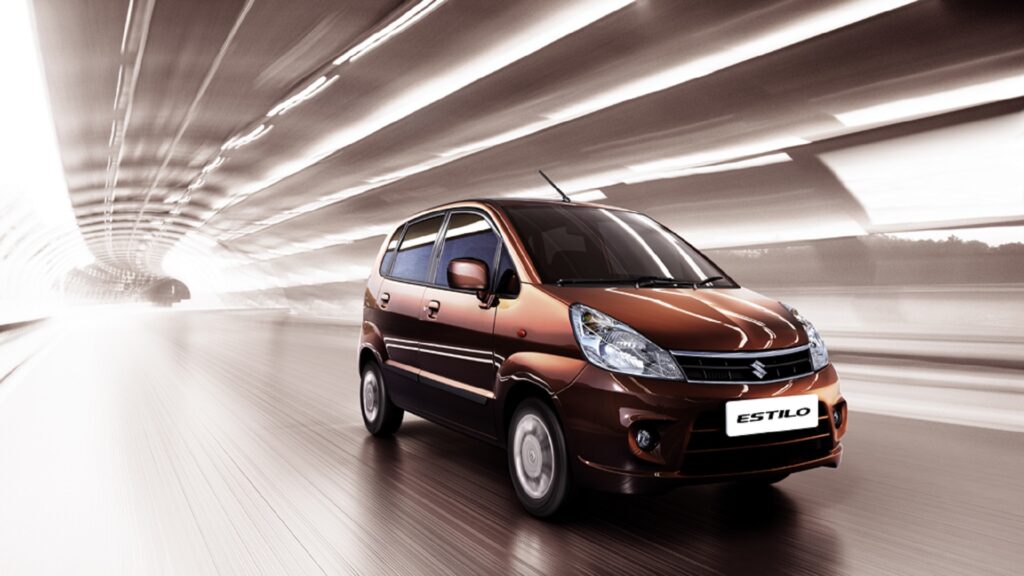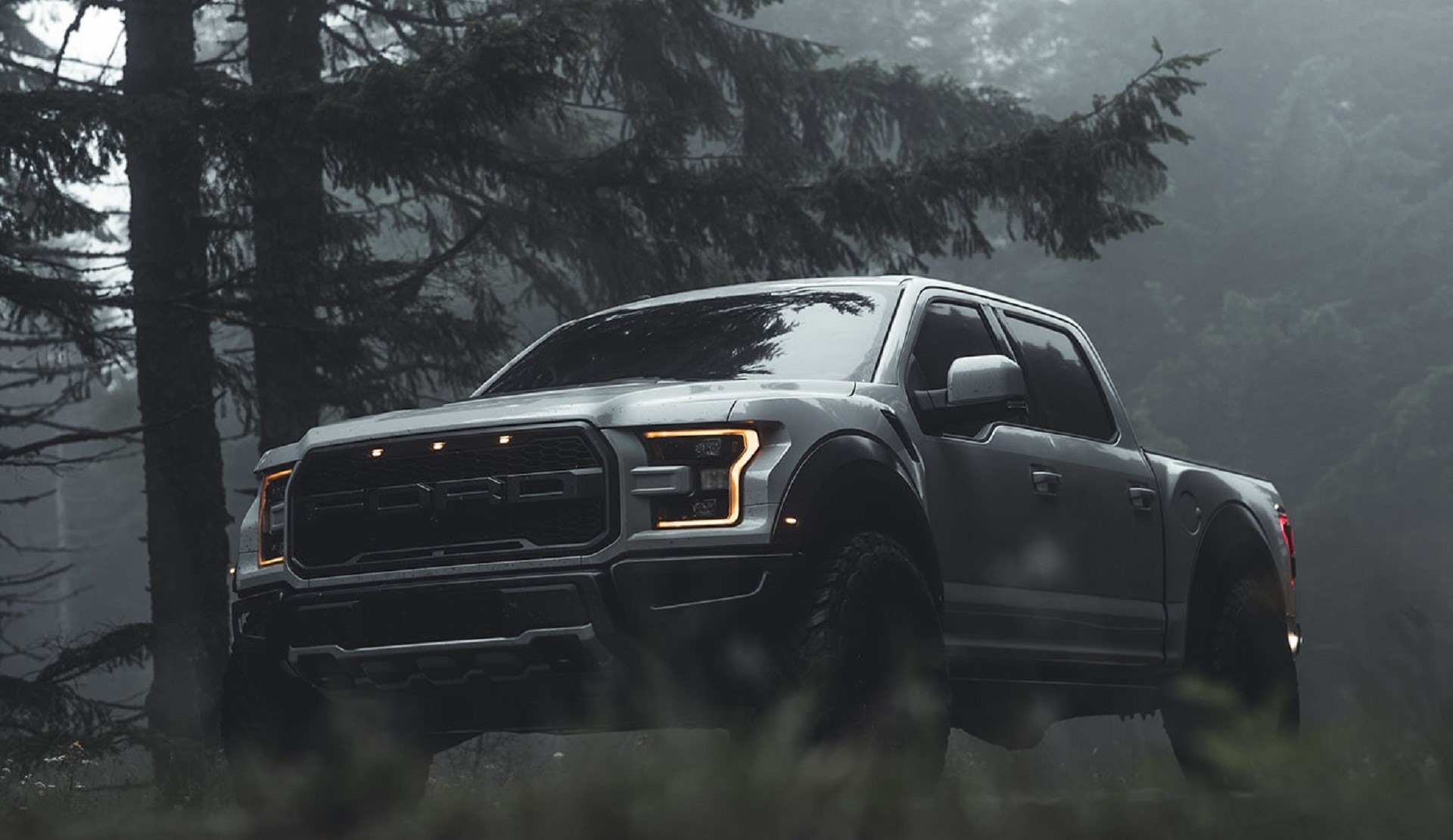Now Reading: 2018 Lamborghini Urus Super Sport SUV – The Raging Bull Expands Its Boundaries
-
01
2018 Lamborghini Urus Super Sport SUV – The Raging Bull Expands Its Boundaries
2018 Lamborghini Urus Super Sport SUV – The Raging Bull Expands Its Boundaries

Since their inception, many ultra-luxury automakers exclusively focused on manufacturing high-end cars. However, as the demand for SUVs (Sport Utility Vehicles) surged, even brands like Bentley, Rolls-Royce, Maserati, and Porsche—companies that had never previously ventured into this segment—began designing SUVs.
Porsche, recognizing this trend early, introduced the Cayenne, a super-sport SUV that gained immense popularity and set new benchmarks in the market. Inspired by its success, competitors like Bentley followed suit, launching the Bentayga and marking their entry into the SUV arena. With Bentley’s success, others, including Lamborghini, could no longer resist the trend. The push from Lamborghini’s parent company, Volkswagen Group, to broaden its market reach further motivated this decision.
A Bold Beginning


Lamborghini unveiled its first SUV concept in 2013 at the Beijing Motor Show. While it did not immediately generate overwhelming interest, the company remained committed to the project, with hopes of eventually launching a production version.
Lacking experience in SUV manufacturing, Lamborghini turned to Volkswagen Group for assistance. Instead of using their signature V10 or V12 engines, Lamborghini opted for a 4.0L V8 twin-turbocharged DOHC 32-valve engine, sourced from Volkswagen’s portfolio. This engine, which is also used in Porsche Cayenne, Panamera, and Audi S and RS models, was specially upgraded for the Urus. It is produced exclusively in Volkswagen’s Hungarian plant and then transported to Lamborghini’s headquarters in Sant’Agata Bolognese, Italy, for final assembly.
Designing the Ultimate Super Sport SUV
In true Lamborghini fashion, the Urus retains the brand’s iconic Y-shaped accents and hexagonal elements in its design, making it instantly recognizable. The result is not just a practical SUV but one that exudes Lamborghini’s signature style and performance.

The 2018 Lamborghini Urus was introduced as the world’s first supersport SUV, combining the rugged practicality of an SUV with the blistering speed and luxury of a Lamborghini.
Features That Redefine Performance
One of the standout features of the Urus is its carbon-ceramic disc brakes, the largest ever fitted to a production vehicle. It offers six driving modes:
Strada (Street)
Sport
Corsa (Race Track)
Terra (Dirt)
Sabbia (Sand)
Neve (Snow)The Urus also boasts Lamborghini’s first turbocharged engine, meticulously designed to handle these diverse driving conditions. Paired with an 8-speed automatic transmission, the Urus delivers an astonishing top speed of 300 km/h (186 mph) and accelerates from 0 to 100 km/h (62 mph) in just 3.6 seconds.
Conclusion
With the Urus, Lamborghini demonstrated that its prowess extends beyond the road to conquer off-road terrains. The Raging Bull’s first SUV is not only a testament to innovation but also a bold expansion of Lamborghini’s horizons, offering speed, luxury, and practicality in one groundbreaking package.
























